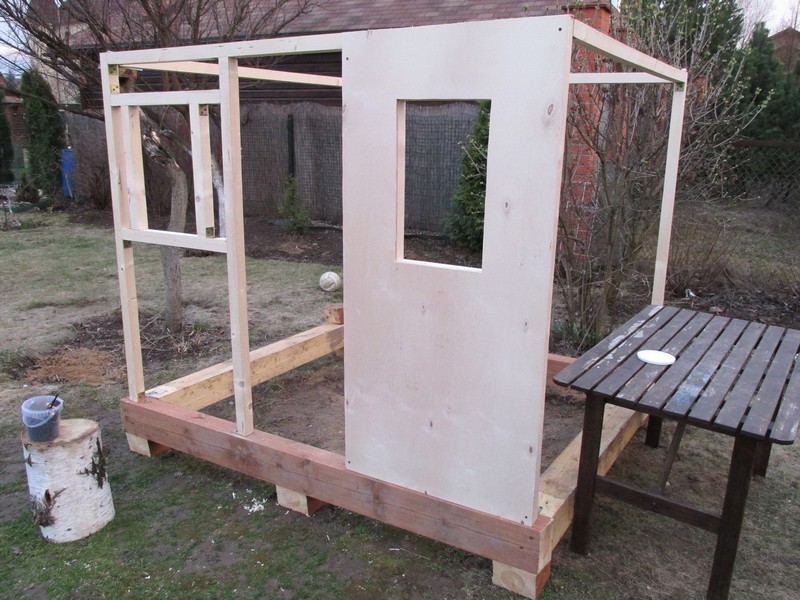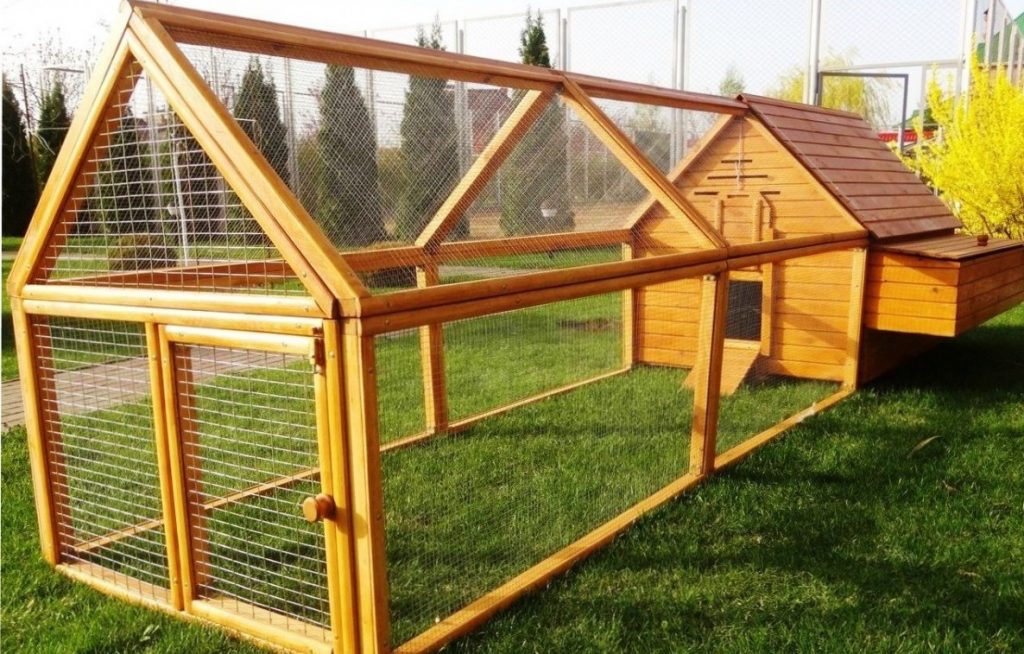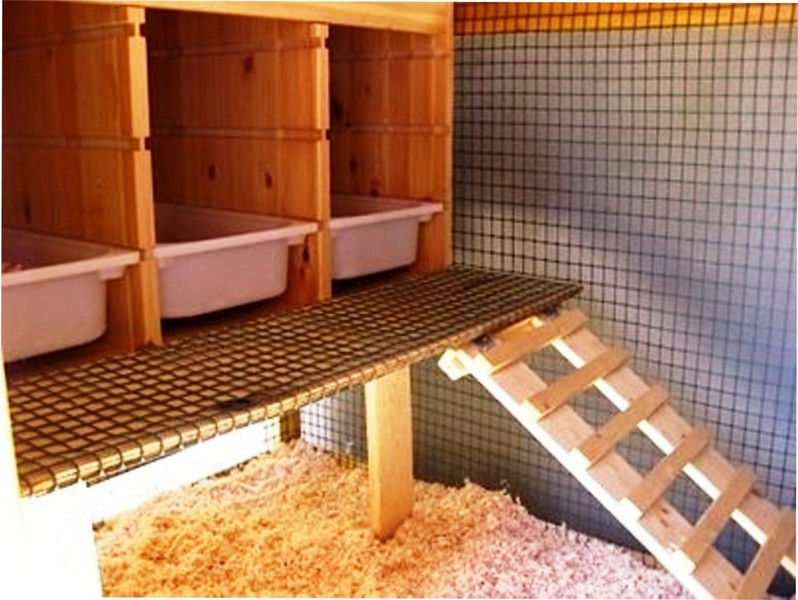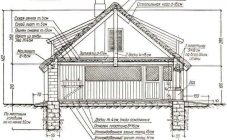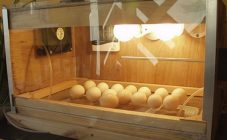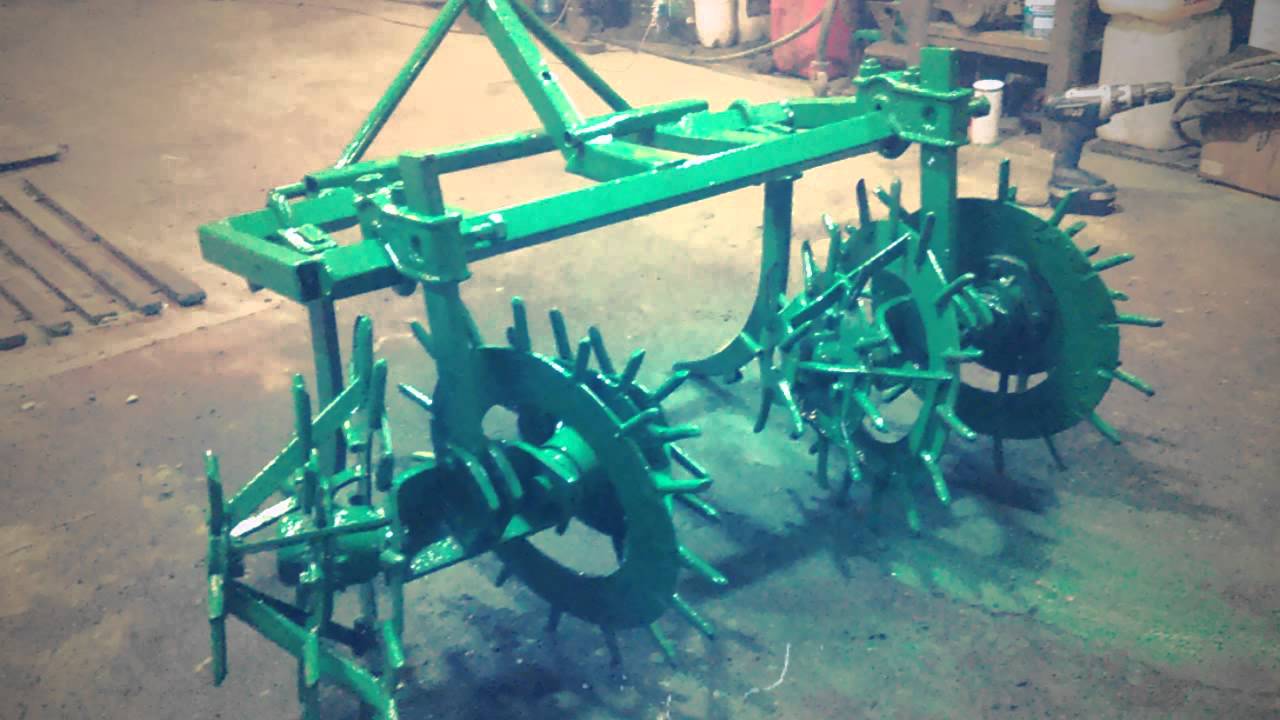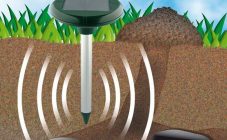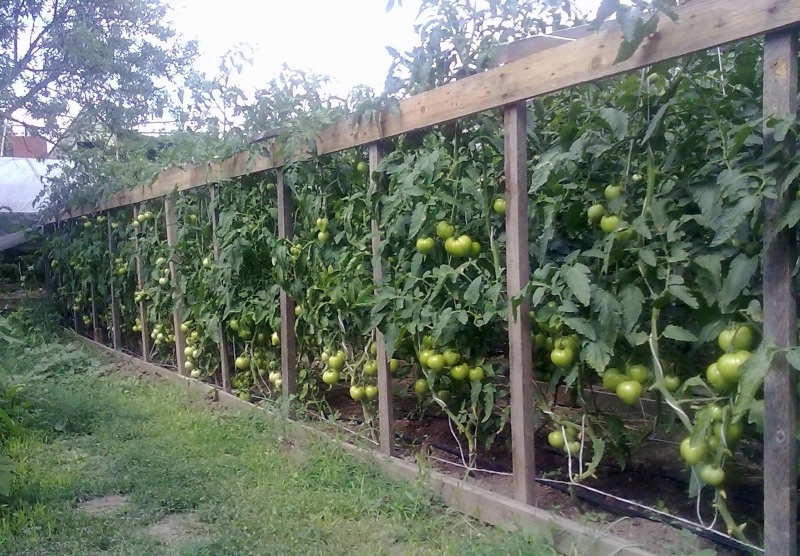Content:
Ducks are a species of birds that were among the first to be domesticated by humans. There are many species, among which the most popular for home cultivation are musk, mulard, Peking, crested, Bashkir, Agidel, Kayuga. For a long time to this day, keeping ducks remains a popular type of household, because they are not demanding in terms of care and at the same time they quickly gain weight.
The main purpose of keeping ducks is to obtain meat. Duck eggs are almost never used for food because of their specific taste. But duck down is very much appreciated - it is stuffed with pillows and blankets. And duck droppings are considered by summer residents to be one of the best types of fertilizer.
To keep ducks, you need some kind of room to keep warm in it in the cold, and hide from the heat in the heat. The house does not have to be tiny, as ducks love space. It is also important to have space for walking the bird. If ducks cannot freely walk around the site, you need to provide them with a closed corral. A closed walking area is needed not only so that the bird does not scatter, but also so that various predators (rats, cats and dogs) do not attack them.
You need to let the birds go for a walk even in winter, when the air temperature is not lower than −10 ° C. A pen for ducks is made of transparent metal material (from a chain-link mesh, etc.).
DIY duck building
First you need to decide what the duckhouse will be built from. The duck house can be made of wood, brick, polycarbonate and pressed reeds. Some are built from concrete blocks and cinder blocks.
Depending on the type of building, a different amount and type of material will be required. In addition, you need to decide how many ducks will be kept. The more birds, the larger the room should be. There must be at least 1 m² for 3 adult ducks. In crowded conditions, they begin to compete with each other, from which they can stop rushing and get sick.
Next, you should choose the location of the duck shed. The place should be chosen sunny, on the south side of the site. It will be good if the duckhouse door faces south. It is strongly not recommended to locate the house in the lowlands, this may cause dampness, but it should not be there. The ideal place is a small hill, a hill.
If it is not possible to build a duck house on a hill, you can build a foundation, thanks to which the house will be higher. A foundation with a height of 300-500 cm will be the ideal solution. And to make it easy for the ducks to get into the dwelling, you can make a wooden bridge with a not very steep slope.
A pond near the house is welcome, unless it is a swamp and a lake covered with mud. Ducks love clean water, which they should have access to anyway. You can independently dig a hole (foundation pit) on the site by filling it with water, or by placing a bathing trough.
How to build a capital duck house with your own hands
The capital duck house, or as it is also called winter, is built from good, high-quality materials and is the most expensive at cost. But then such a house will stand for several decades.In such a duckhouse, birds live not only in winter, but also in summer. Do-it-yourself drawings for a 10-duck duck house can be easily found on the Internet.
It is customary to build capital houses for birds from cinder blocks, beams, logs. Duck frame poultry houses can be built from sturdy planks and pressed reeds. The construction begins with a foundation, the type of which must necessarily be tape, since a solid one is not suitable for a duck. In winter it will be very cold, and in summer, on the contrary, it will be hot.
For the construction of a conventional strip foundation, markings are first made, a trench is dug (40-60 cm deep). It can be filled with cement, having previously made a wooden formwork. Such a foundation hardens in a few days. Or you can lay foam blocks or gas blocks in the trench, fastening them with cement mortar. The middle of the foundation is covered with a mixture of sand and gravel or expanded clay.
After the foundation has solidified, the turn of the walls comes. If it is slag, foam, gas blocks or wooden log cabins, the technology is the same as when building a house: the blocks are staggered and coated with cement. The log house can be laid in any suitable way (most often breeders choose the dovetail method). The walls of the log house must be buried - place mineral wool or other synthetic insulation between the logs. The log house itself is covered with a layer of waterproofing (varnish, impregnation, stain) so that the tree does not absorb moisture and does not rot.
Next is the roof. It can be single-pitched or gable, but the second option is more suitable for large structures.
The floor can be arranged in different ways. If the winter is relatively warm in the inhabited region, you can cover the floor with a good layer of expanded clay and add it as it subsides. If winters are expected to be cold, the floor should be covered with wood. For this, ordinary beams treated with a special varnish are suitable.
Holes for windows and doors are cut last. Windows should face the sunny side so that there is enough lighting in the duck.
How to build a wooden duck house
For wooden houses, logs and boards of various sizes are suitable. You can build a house from a bar, for which you need good boards with a diameter of 12 mm, for walls you can use 50-70 mm. On request, the walls are sheathed with plywood or thin board.
For a frame house, you will need long boards, which are fastened with nails, self-tapping screws, forming a frame. 4 vertical beams are attached to it, on which one more base, prepared earlier, is installed. This will be the roof.
Fiberboard and chipboard will make a good house, but ducks will be able to live in it only until the first cold weather. A frame is formed from 4 boards, then a roof is made with the help of others. Roofing felt or roofing felt can be used as a heater for it, thanks to which the roof will withstand prolonged autumn rains.
In order for the wooden duckhouse to stand as long as possible, it is recommended to fill in the base - a kind of foundation. For this, a plot of land is leveled, filled with cement mortar. Broken glass, nails, or metal waste can be added to prevent rodents from chewing on it and to prevent excess moisture from entering the holes. This base is easy to clean and maintains heat. The concrete base can be filled with bitumen. This will extend the life of the floor.
The walls of wooden ducks' houses must be plastered for disinfection.
How to build a polycarbonate duck house
For such a duckhouse, they buy durable cellular polycarbonate: it is resistant to damage and retains heat well inside the building.
To begin with, a frame is being built so that the polycarbonate house stands firmly, and the ducks feel more comfortable. It is constructed from large beams or metal bars.The wooden frame is hammered together with nails, the metal is welded using a welding machine. After assembly, it is sheathed with polycarbonate, securing with nuts, screws. All cracks are closed.
But a duckling of this kind is suitable only for the southern regions, where the winters are warm. Due to the fact that polycarbonate transmits light well, it is kept warm for a long time. In addition, such a house is easy to clean and carry. However, for all its splendor, a good ventilation system and regular cleaning will be needed, since the ammonia contained in bird droppings corrodes and destroys polycarbonate.
Other DIY duck ideas
Recently, buildings from pressed reeds have begun to gain popularity. Reed slabs are excellent for creating a duckhouse, as they retain heat well, are resistant to moisture, and are environmentally friendly. Ducks can be kept in the reed house even in winter. To increase the comfort of birds and for insulation, you can treat the walls with clay on both sides.
Brick ducklings require considerable expenses and experience in laying bricks. Its plus is that it is durable, strong, reliable. Cons - insulation and wall cladding are required. In winter, such a house needs heating.
If there is a small pond or reservoir on the site, you can equip floating cages for ducklings with your own hands. The design of the house should be planned based on the number of ducks. Each bird should have 1 cage or nest. As a material, you can use wooden blocks, boards of various sizes.
First, a pallet is built on which the house will stand. To create it, wood or foam is suitable. Empty plastic bottles are tied to the bottom to keep the pallet afloat and not sink.
To assemble a house, they use the principle of panel construction, the shape can be any. It is not necessary to build a house in the entire pallet, since there should be a little consolidated space around it.
To prevent the house from floating away, an anchor is tied to it, which is lowered to the bottom. You can use a brick or other heavy stone as it.
For a temporary pen house for the summer period, a minimum amount of materials will be required, even used boards and beams are suitable. You will need only a few of them, as well as a chain-link mesh. Next, a frame is cobbled together, which is covered with a mesh.
Internal arrangement of the ducklings
Adult ducks tolerate cold easily, unlike ducklings. The inside of the duck house should be warm, dry and clean with protection from predators. In winter, the night temperature in the duck house should not fall below 0 ° C. An important condition: if young ducklings overwinter in the house, the temperature should be kept at 28 ° C.
There should be no high humidity, despite the fact that ducks love water. The problem with its increase is solved with the help of heaters and ventilation holes.
Lighting also plays a huge role in the growth and health of ducks, especially during the laying season. Inside, there must be a source of artificial light - lamps. They can be conventional, LED, infrared. The latter type has heating properties. When it becomes cloudy outside, you need to artificially increase daylight hours. The lamps can be turned on for 12 hours.
The litter in the duckhouse should be soft. A rough surface is harmful to duck feet. A mixture of sawdust and peat is often used as it. Straw and hay will also work.You can add some wood ash to the litter - this is an excellent prevention against the spread of pathogenic microbes.
Duck cages inside the duckhouse can be small, individual, with partitions. They can be made general. They should be at some elevation from the floor.
There must be food and clean water inside. Modern or homemade drinking devices prevent ducks from splashing water and contaminating the drinking area. You can do it yourself or buy a ready-made automatic feeder in which the grain will arrive smoothly while the birds eat it.
Summer enclosure inside the duck
The duck aviary can be made in 2 ways:
- Build a duck house inside a fenced-in area, or enclose an already built house with a fence.
- Attach a pen for ducklings to the house on either side.
The first option is suitable if the area allows you to use enough space for walking ducks.
The second option is more suitable for small areas. In this case, the pen can be located in any place convenient for the owners, and with the help of a chain-link mesh, you can organize a protected passage for the ducks.
For the construction of a corral, you will need a netting, metal or wooden posts, beams.
If the corral will be built as a fence around the house, you will need to install the pillars, having previously dug holes for them (the metal pillars should be cemented). Then a metal mesh with small holes is pulled and fixed to the posts. For this option, you will also need a gate.
If the pen is in the form of an annex, you will need wooden beams, from which you will need to build a frame. It is then covered with a mesh. There must be access to the pen for a person to clean it, remove garbage. It can be made in the form of a gate (if the corral is high) or a cover (if the corral is low). The bottom and foundation are not required for the paddock.
It's so easy and simple to make not only a duck house on your own, but also to equip an area for walking. Which type of room to choose depends on the availability of the materials available. But even out of nothing you can build such original mansions that ducks will be delighted.
